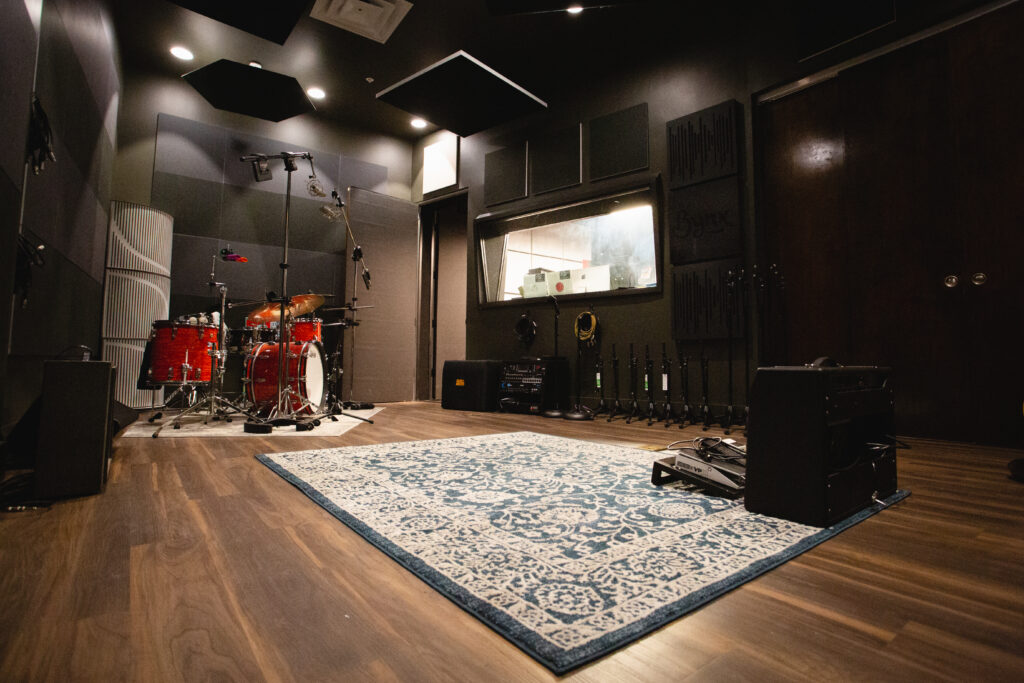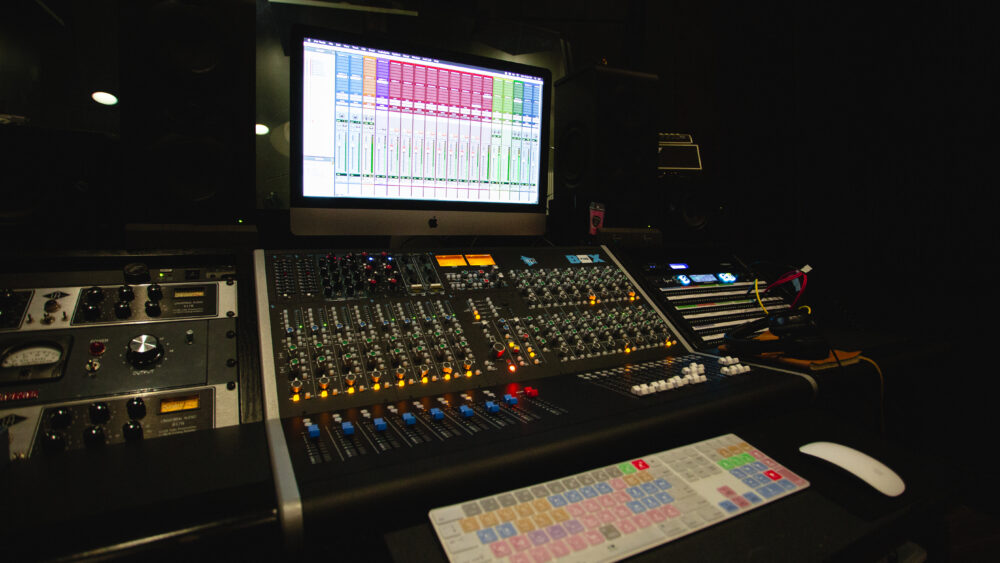One of the biggest mysteries to many non-musicians (and even beginners!) is, “what happens during the recording process? What is this magic they speak of?” When most people glimpse a photo of a professional recording studio, they may as well be looking at the Millennium Falcon. All that gear – heaps of cables, amps, consoles, tape machines – oh, it must all be so complicated!
The short answer is, yes, it can be complicated. But such is the case for anything done professionally when people apply years and years of knowledge and skill to a given task. Music is no different, and it takes a certain je ne sais quoi to create and capture the beautiful sonic moments we hold dear. But all the gear aside – music is music, and we don’t see compressors and EQs in our heads when we’re listening (ok, maybe you do if you’re CLA or something). It’s about creating the right conditions to enable the production process. So, let’s get to it!
First… let’s hear it!
Ok, let’s say you’re heading into the studio for the first time to record a song you wrote. The first thing you’ll likely have done is recorded, at the very least, a demo or voice memo on your phone. You’ll head into the studio, meet with the engineer and/or producer and play them your demo. Together you’ll talk about the feel for the song, the instrumentation and arrangement (if not already decided), and (in most cases) lock in a BPM. Depending on the quality of your demo, the engineer may or may not have you record a new guide track, which will serve as the first layer to build upon as you go through the recording process. This stage of the recording process is referred to as preproduction.
Up next… tracking
Now it’s onto the fun stuff. After laying down your guide, the engineer and producer will spend time choosing the right microphones and equipment needed to begin the tracking process. Then, one by one (or, in the case of a live band, all at once) you’ll record each instrument, be it drums, bass, keyboards, or whatever your song calls for. The order depends on anything from preference to practicality. This is where the bulk of work occurs.
Almost there… getting the right mix
After tracking has been completed, the next part of the recording process (after any necessary editing) is mixing. Now, a mix engineer will take all your tracks and balance them, before adding effects and other elements that give your song space and dimension. This process can be as creative as you want – it really depends on the genre of your music and how you want to shape the sonics.
Mastering the mix… voila!
Once you’re satisfied with your mix, it’s time to give it that final polish. A mastering engineer – someone with especially good ears and specialized equipment – takes your 2-track mix, cleans up anything funky (muddy lows, harsh mids, etc.) and cranks it up to be a commercial-sounding record. And just like that… the recording process is over. You’re ready to share your music with the world.
I want to try!
If you’ve been wanting to try your hand at recording but were intimidated by the process, hopefully, this article has made it a little less daunting. If you’re interested in learning more, you’re always welcome to book a session with Bynx Records. Whether you’re a newbie or a seasoned professional, we’d love to work with you!




Comments are closed.